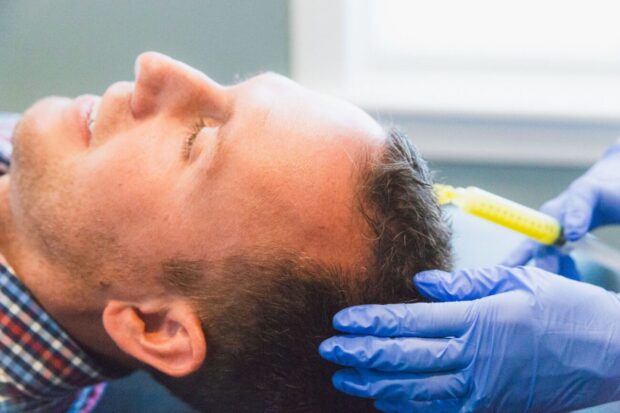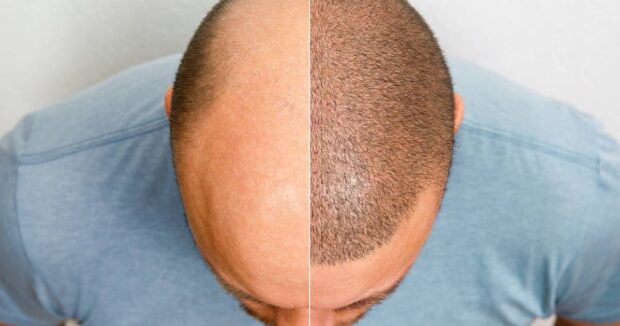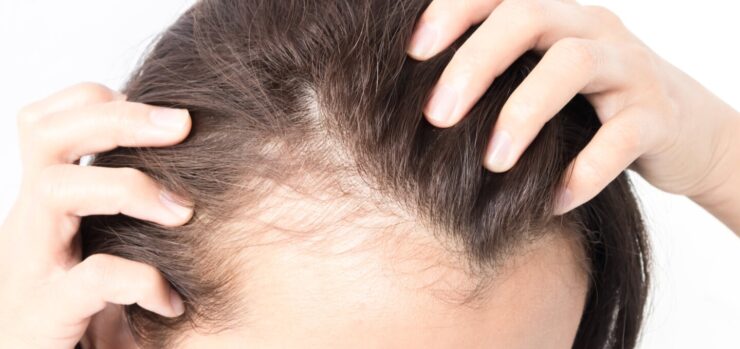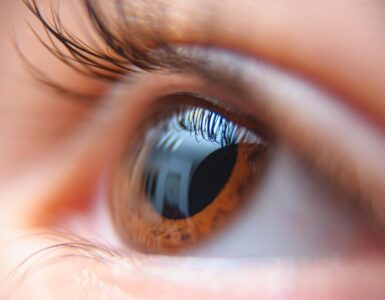Hair loss can seem like a playground bully who sneaks up behind you and takes cheap shots when you’re least expecting it. Though baldness is usually associated with old age, some people start losing their beautiful locks as young as their 20s. Coping with any type of hair loss is emotionally challenging, but it’s especially difficult when you’re young.
Even if you’re blindsided by a receding hairline or thinning hair, you don’t have to take it lying down. Hair loss may be cruel and unexpected, but it isn’t unbeatable. From taking FDA-approved medications to undergoing a hair transplant, here are some ways to fight back and show hair loss who’s boss.
Understand Your Treatment Options

At first glance, you may feel completely helpless to combat thinning hair. But with a little research, you’ll soon discover how many treatment options are available to help you. Depending on the degree of hair loss you’re experiencing, some treatments may work better than others. When you first start to notice mild thinning hair, the best option may be to use topical or oral hair loss medications. During moderate to advanced stages of balding, hair restoration, and other dramatic options may be more successful.
There isn’t a single “right” solution that works well for everyone with thinning hair. You’ll need to research your options to determine the best treatment fit for you. To help you make an informed decision, here is an overview of some of the most popular treatments available.
Topical Medications
Topical medications such as minoxidil and finasteride are a great first course of action for thinning hair. Minoxidil is FDA-approved for treating androgenetic alopecia, which is also known as male pattern baldness or female pattern baldness. It helps stimulate the regrowth of hair by increasing the flow of blood to damaged hair follicles.
Finasteride also tackles baldness, but not in the same way as minoxidil. It blocks a hormone in the body called dihydrotestosterone (DHT). This is a male sex hormone that plays a huge role in male pattern baldness. By blocking it, finasteride can slow or even stop unwanted hair loss.
It’s important to note that finasteride is only FDA-approved for treating male pattern baldness. It is not approved for female pattern baldness because it can cause many unwanted side effects in women. Some of these include excess weight gain, depression, decreased libido, and fatigue. Finasteride is also considered a “category X” drug, which means it has a high likelihood of causing fetal harm. Women of childbearing age should exercise extreme caution when deciding whether to use finasteride for hair loss.
Oral Medications

In addition to their popular topical forms, minoxidil and finasteride both come in oral forms, as well. Some people may prefer to take oral medications because they view them as more effective. Research in this area is limited, so it is not clear whether oral or topical hair loss medications are more effective.
In some cases, oral medications may be viewed as more appealing because they are easy to take. They don’t have to be applied to the hair daily and aren’t messy at all. Topical medications require more frequent hair washes, which may be inconvenient for some people.
However, if you decide to try oral hair loss medications, you should be aware of their potential side effects. Because they’re taken internally, their side effects are more readily apparent than those associated with topical medications. Some of the side effects caused by oral hair loss medications include headaches, racing heartbeat, dizziness, bloating, and cold sweats. People who don’t tolerate these medications often fare much better when they switch to topical forms.
Hair Transplants

Hair transplants are more invasive than medications. But for people with moderate to advanced hair loss, they are often the best course of action. Today’s hair transplants are much more natural-looking than the hair transplants of the 80s and 90s. You don’t need to worry about having obvious “hair plugs” when you choose these procedures.
Not all hair transplants are created equal though. Follicular unit extraction (FUE) is the least invasive type of hair transplant available. Unlike follicular unit transplantation (FUT), it doesn’t remove a long strip of scalp from your head. Instead, FUE involves painstakingly moving individual hair follicles from one location on the head to another.
FUE takes longer than FUT due to its highly precise nature. But the visible results are frequently much better because you don’t end up with a noticeable, linear scar on the back of your head. Plus, FUE causes less bleeding and has a lower risk of complications than FUT. But if you’re trying to save money, FUT is usually the cheaper option. Consider using topical minoxidil or finasteride after your hair transplant to enhance your results and speed up hair regrowth.
Find the Option That’s Right for You
When you notice the first signs of hair thinning, don’t throw up your hands and proclaim hair loss the victor. You have more options in the battle against balding than you might realize. From topical and oral medications to hair transplants, the tools in your arsenal are powerful. Learn more about these treatments so you can determine which options are right for you.




























